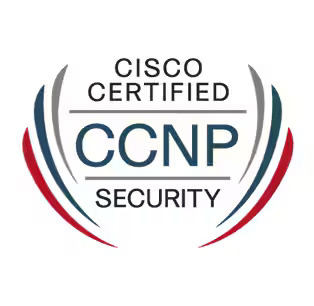
CCNP Security Certification
Prove you can design and implement cloud security architecture, user and device security, network security, assurance, and more. Protect the infrastructures that clients rely on with the Cisco Certified Network Professional (CCNP) Security certification.


